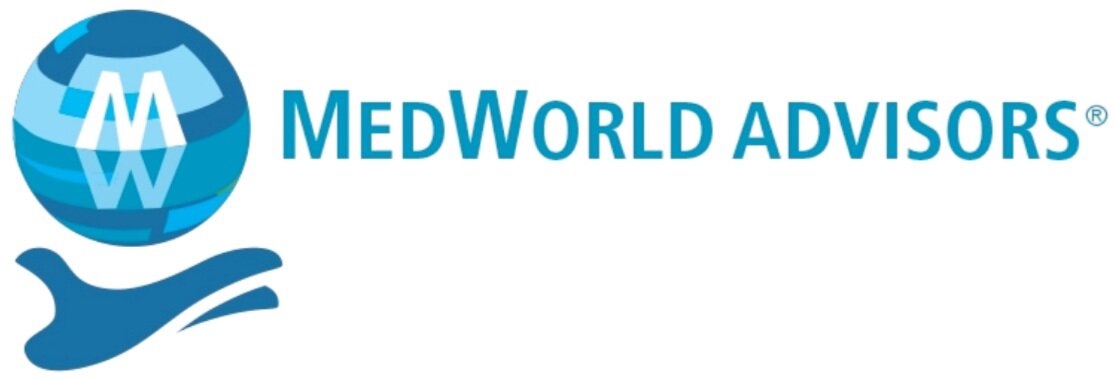Medical device regulatory pathways, reimbursement, and their impact on intrinsic value in MedTech
To view this article on the Today’s Medical Developments magazine website, click here.
In today’s rapidly evolving healthcare landscape, medtech companies are under increasing pressure to grow in ways that create sustainable, long-term value. Market cycles, shifting reimbursement models, regulatory demands, and the constant need for innovation mean value can’t be defined by revenue alone. As healthcare M&A advisors, we see investors, acquirers, and stakeholders are paying closer attention to intrinsic value – the deeper measure of a company’s strength, resilience, and ability to deliver lasting impact.
This series will explore core drivers behind intrinsic value, from regulatory readiness and IP strategy to operational excellence and cultural leadership, offering practical insights and real-world examples to help medtech business leaders prepare for a transaction and build enduring companies that thrive in a complex global market. Let’s start with regulatory pathways, compliance strategies, and reimbursement models, as they play a decisive role in shaping the perceived and actual intrinsic value of a business. For founders and executives preparing for growth or potential exit, understanding this dynamic is essential.
Regulatory pathways and compliance as value drivers
A medtech company’s regulatory pathway is more than a box-checking exercise – it’s a signal of quality, reliability, and scalability. Strong compliance practices assure investors the company has reduced risk exposure, paving the way for faster adoption in multiple markets. Securing U.S. FDA 510(k) clearance or CE marking opens access to major markets and demonstrates a company has the internal systems and rigor needed to sustain future approvals. Conversely, delays or failures in compliance can significantly diminish valuation by increasing perceived execution risk.
For instance, CMR Surgical received FDA clearance for its Versius surgical robot system in October enabling access to the U.S. and backing a potential $4 billion sale. Similarly, Corindus Vascular Robotics earned multiple FDA clearances for its CorPath System. These approvals led to its acquisition by Siemens Healthineers in 2019 for $1.1 billion – a testament to the confidence generated by a robust regulatory footprint.
Regulatory preparedness as an operational advantage
On the operational front, regulatory compliance shouldn’t be thought of as just a requirement, but also a value driver. It’s important to point out that compliance costs – such as ISO re-certifications, expanded clinical data, and surveillance reporting – can compress margins and negatively impact valuations if not managed proactively. That’s why companies integrating compliance into their operating rhythm as a strategic asset and not just a box to check tend to attract stronger valuations and fewer buyer-negotiated downgrades. Companies with expanded clearances across multiple geographies – such as FDA, EMA, and PMDA approval – have shown they can diversify revenue streams while derisking dependence on a single region. Each milestone sends a powerful signal to acquirers: the company has operational maturity and scalability. Lack of regulatory preparedness can be a non-starter for dealmaking if an exit is something you’re weighing as an option.
Reimbursement strategy as an intrinsic value multiplier
Even with regulatory clearance, the real-world adoption of medical technologies hinges on reimbursement, and regulatory clearance without a clear reimbursement pathway can leave a product stuck at a value ceiling. A well-defined reimbursement strategy can accelerate uptake, expand addressable markets, and secure predictable revenue streams. Payers, providers, and patients all look for assurance that innovative technologies will be covered and affordable. Companies securing favorable CPT codes or achieving positive CMS coverage decisions often see an immediate uplift in investor interest and valuation multiples. Without reimbursement, even the most innovative product may struggle to penetrate the market, leading to missed opportunities and lower intrinsic value.
The bottom line
For medtech businesses, intrinsic value is tied as much to regulatory and reimbursement strategies as it is to revenue growth and margins. Regulatory mastery signals capability, demonstrating the company can deliver safe, high-quality products at scale. Reimbursement clarity translates capability into commercial viability. Together, these strategies build trust, reduce execution risk, and elevate intrinsic value – not just on paper, but in lasting growth potential. Companies demonstrating mastery of compliance, successfully navigating global regulatory frameworks, and aligning their products with payer strategies build a foundation of trust and scalability. This reassures investors during due diligence and positions the business for long-term sustainable growth.
About the author: Estelle Black is the Business Operations director at MedWorld Advisors. Through her leadership in pre- and post-LOI diligence activities, she guides and facilitates M&A execution at MedWorld.
To view this article on the Today’s Medical Developments magazine website, click here.

